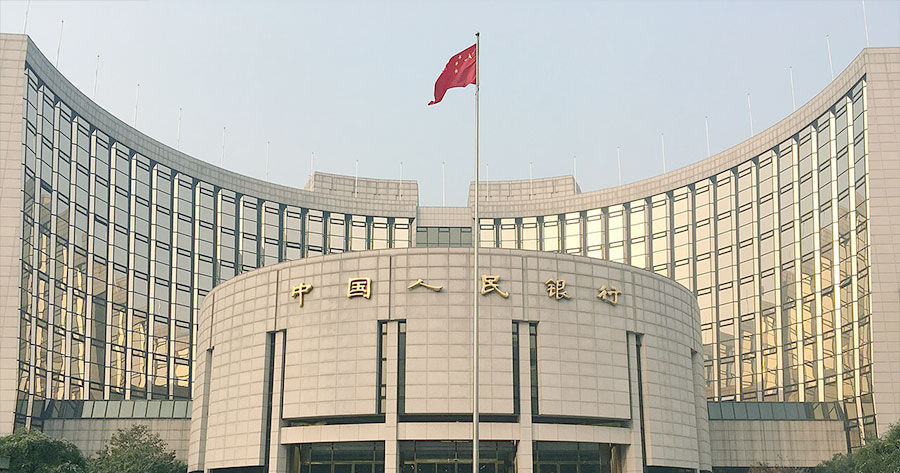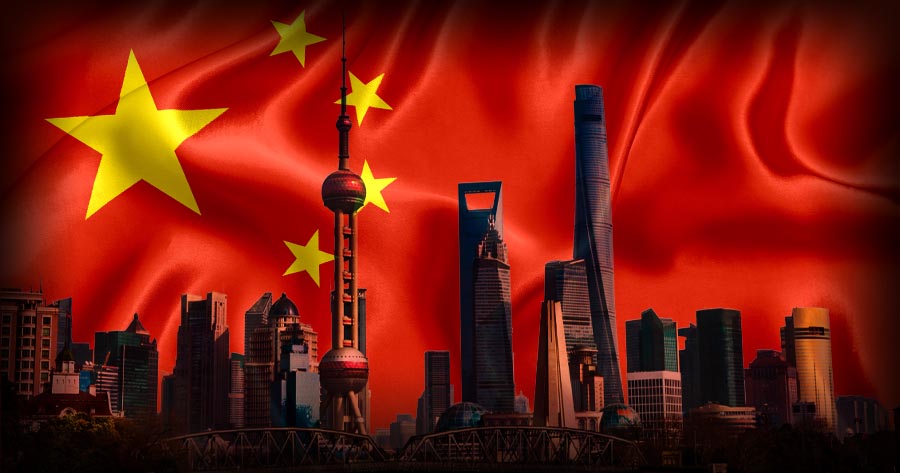China’s central bank maintained a key interest rate on Thursday, opting to keep monetary policy stable even after the U.S. Federal Reserve moved to cut rates just hours earlier.
Market analysts said continuing robust exports and a sharp rally in Chinese equities have given policymakers confidence to defer additional easing, despite an ongoing slowdown in broader economic activity.
Hui Shan, chief China economist at Goldman Sachs, observed that while the economy is slowing as anticipated, the extent of the deceleration appears less severe than previously expected. Shan also pointed out that recent data and developments suggest the resilience in Chinese exports is likely to continue, and that the government may postpone some planned policy support to next year.
On Thursday, the People’s Bank of China (PBOC) injected CNY 487 billion into the market through seven-day reverse repos, keeping the rate unchanged at 1.40%. The seven-day reverse repo rate now functions as the central bank’s primary policy rate.
Despite softer economic indicators in recent months, some economists see little urgency for major new stimulus. Ting Lu, chief China economist at Nomura, warned that aggressive stimulus could risk fueling a stock market bubble, but acknowledged that the PBOC may opt for a modest 10-basis-point rate cut in the near term if equity markets pull back.
China’s benchmark Shanghai Composite Index is currently trading near decade highs, underpinned by persistent investor optimism.
Some analysts still expect monetary easing later in the year to help ensure China achieves its 2025 growth target of “around 5%.”
Xing Zhaopeng, senior China strategist at ANZ, remarked that there remains a possibility of monetary easing in the fourth quarter. He added that the present pace of growth slowdown is not significant enough to jeopardize the annual growth target of around 5%.
Xing also highlighted that the 15th Five-Year Plan and long-term structural reforms continue to be main priorities, but following the Fourth Plenary session, policy attention could revert to supporting short-term growth.
China’s senior leaders are due to convene at the Fourth Plenary session in October, where further economic direction could be set.





